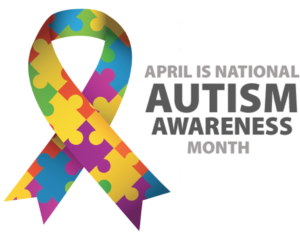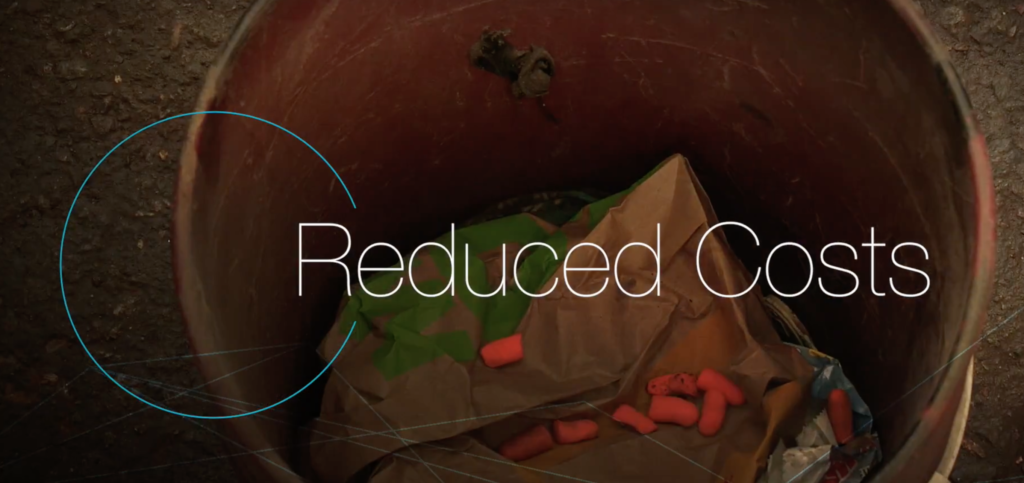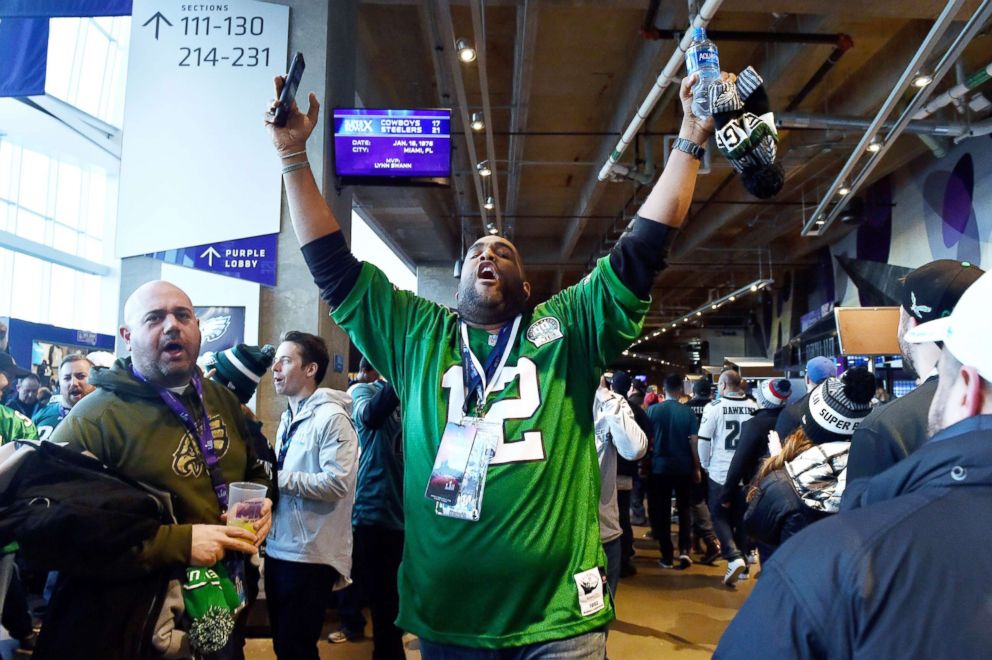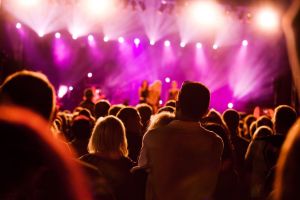 April is World Autism Month, an annual opportunity for a dedicated conversation about autism spectrum disorder. Autism touches more than 70 million people globally. Approximately 1 in 66 children and youth are diagnosed with Autism Spectrum Disorder in Canada and this number continues to grow.
April is World Autism Month, an annual opportunity for a dedicated conversation about autism spectrum disorder. Autism touches more than 70 million people globally. Approximately 1 in 66 children and youth are diagnosed with Autism Spectrum Disorder in Canada and this number continues to grow.
In 2008, The United Nations General Assembly unanimously declared April 2nd as World Autism Awareness Day – many countries around the world light up their landmarks blue to help increase understanding and acceptance of people with Autism.
How Custom Protect Ear (CPE) contributes to World Autism Month
At CPE we care about Noise Sensitivity and the impact it has on Autistic Children. Recently we helped Brie, a vibrant young girl living with a mild case of autism.
Custom Protect Ear and its’ dB Cares program was happy to help Brie manage her sensitivity to noise with a pair of dB Blockers (link). dB Blockers™ offer “The Smartest Hearing Protection in the World”, especially where interpersonal communication is required. dB Blockers™ are custom fit to each individual wearer for maximum comfort.

“I cannot thank you enough for the custom pieces you made for my daughter’s ears.
I often ask her how she likes certain books, food, music, shows, etc. and she will respond indifferently with “fine”, “ok” or “meh” – when I ask her how she likes her earplugs she has consistently responded enthusiastically “AMAZING”. She has mentioned independently while at the park or for walks that “those earplugs will be GREAT for assemblies” at school. I didn’t realize how stressful a simple assembly could be in her special condition! Your product has truly made an impact. Looking forward to trying out in a variety of situations “
~ Michelle (Brie’s Mother)
Want to learn more – please email us at hear@protectear.com
or visit us on Instagram or Facebook














